Alex Daw (aka FamilyTreeFrog) has set up a weekly blog challenge for National Family History Month 2016. I like blogging challenges as they usually get me writing about topics that I might not normally do. Week 3‘ s challenge is – Significant military battles are commemorated during the month of August such as Mouquet Farm in WWI and Milne Bay in WW2. The Australian Comforts Fund was also founded in August 1916. Did your ancestors have connections to these places, battles or organisation? Is there another anniversary or significant event that your family commemorates/remembers in August?
This 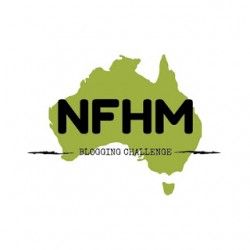 challenge was interesting as I have never looked at my military family history from a date perspective. Usually I think of a person’s dossier but not what they were doing at a particular time. There are lots of military people in my family history in the Boer War and both World Wars. As it is the centenary of World War One my first thought was to write about my grandfather Henry Price. I originally wrote his story for Remembrance Day in 2011. Read the full story here.
challenge was interesting as I have never looked at my military family history from a date perspective. Usually I think of a person’s dossier but not what they were doing at a particular time. There are lots of military people in my family history in the Boer War and both World Wars. As it is the centenary of World War One my first thought was to write about my grandfather Henry Price. I originally wrote his story for Remembrance Day in 2011. Read the full story here.
For the purposes of this challenge I will simply outline the barefacts. At the outbreak of World War One, Henry as part of the Kennedy Regiment in North Queensland, was mobilised for war service. In the event of war, it had been previously arranged that the Kennedy Regiment, one of the citizen-force regiments enrolled under the compulsory training scheme, would garrison Thursday Island. Therefore as soon as the news was received, the regiment was mobilised. On 8 August 1914 Henry and his regiment (over 1000 men) embarked on the troopship Kanowna at Cairns for Thursday Island.
After reaching Thursday Island safely, a few days later the volunteers were called for ‘for service outside Australia’. The Defence Act provided that no citizen forces could be sent outside the Commonwealth without their consent, hence the ‘call for service’. About 500 of the men volunteered including Henry Price and they were then sent on to Port Moresby on 16 August 1914 on board the Kanowna where they were to take part in the capture of German New Guinea.
On 4 September 1914 the Kennedy Regiment met Colonel William Holmes who was based in Port Moresby to prepare the task force to attack German New Guinea. Henry joined the Australian Naval and Military Expeditionary Force on 6 September 1914.
For a number of reasons this was the end of my grandfather’s service in World War One. The full story is in my earlier blog, but essentially the firemen on board the Kanowna stopped stoking the engines and insisted that they would not start again until the ship was going home to Queensland. The soldiers declared they would stoke the engines but were overruled and the Kanowna was ordered back to Townsville. The ship arrived back in Townsville on 18 September 1914 and the Kennedy troops, including Henry Price, were discharged on the same day.
The majority of the Kennedy Regiment then rushed to volunteer for the 1st AIF and subsequently became the backbone of the 15th Battalion at Gallipoli which went in with 1000 men but sadly, within just a few short weeks came out with only 350 men.
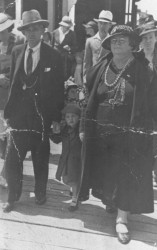
Henry and Alice Price with their youngest daughter ca 1937
Henry Price did not re-enlist following the abortive campaign on the Kanowna. Had he re-enlisted, Henry would have gone to Gallipoli and perhaps this story may not have been written as only three of his ten children had been born at the outbreak of World War One.
At the start of this blog challenge I had not really thought August was that significant. Now when I ponder the fact that my mother might not have been born had Henry not gone with the Kanowna in August 1914 then it really is significant. Obviously he was disillusioned by the whole experience and decided to stay home with his wife and young family. My mother was not born until 1934, 20 years later. The photo shows Henry and my grandmother Alice and my mother shortly before Henry’s death in 1938.
One of the comments on my 2011 blog post was from Greg Raffin, the author of Australia’s Real Baptism of Fire. Greg said that he “wrote the book to give a higher profile to this campaign and the 6 Australians who died in it (plus the 35 who died on board the AE1 when it went missing). Many people don’t even know we fought there in WW I, let alone the fact that it all happened a mere 5 weeks after war broke out.”
My local library does not have this book and I have a birthday coming up in a couple of months. As voluntary coordinator of National Family History Month, I can’t enter the prizes giveaway so I always feel that I miss out on something. Not this year. I have just ordered a copy of Greg Raffin’s book for myself and looking forward to reading it soon.
This challenge was a good reminder to think about significant events and how they can impact on our family history. What happened in August in your family’s military history?

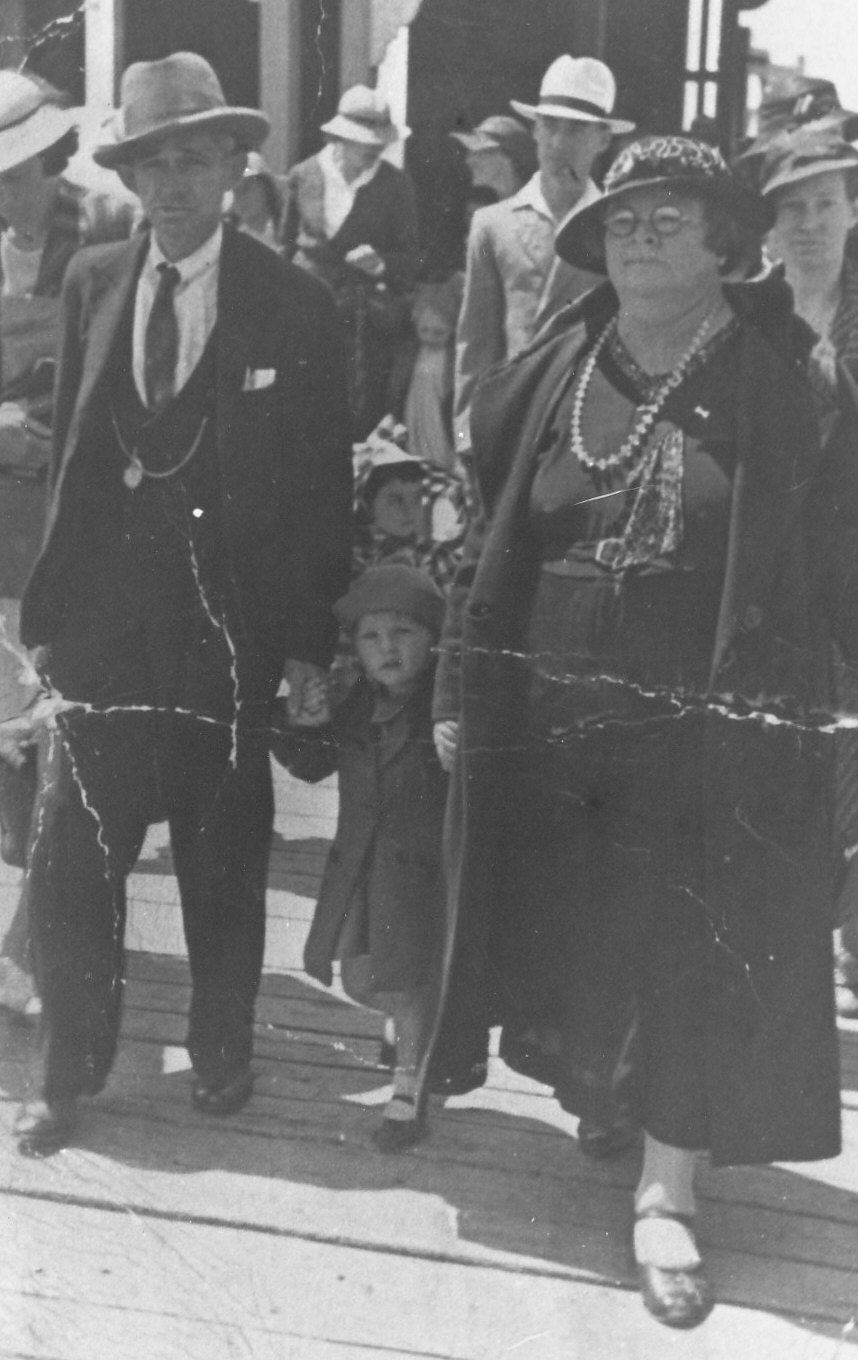
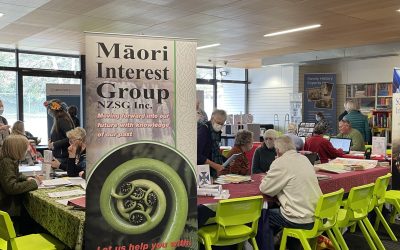
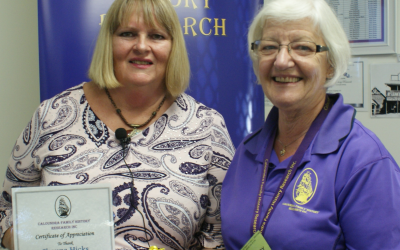
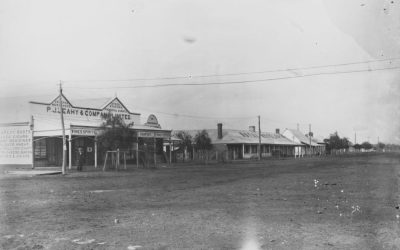
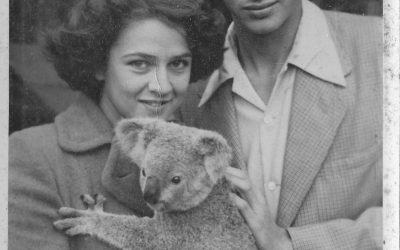
0 Comments